by Kenan White | Oct 17, 2015 | Herbs |
Widely cultivated across Europe and Asia for centuries, common comfrey (symphytum officinale) is a humble plant with dramatic benefits. From soothing herbal remedies for skin irritations, bruises, and osteoarthritis to potent fertilizers, mulches, and foliar sprays, the easy-to-grow comfrey plant has a welcome place in any organic-based home garden.
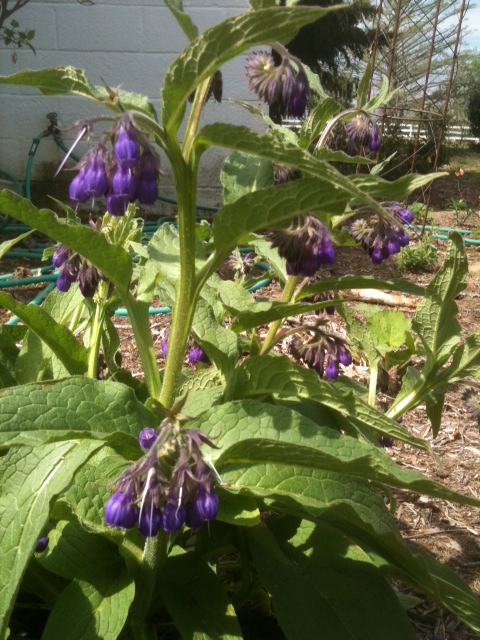
Skin-Soothing, Regenerative, and Anti-Bacterial Properties
Comfrey contains high amounts of rosmarinic acid, tannins, and allantoin compounds that help to promote the growth of new cells, making this herb a the go-to topical for a variety of skin, muscle, bone, and joint issues.
1. Healing Bruises and Sores: If you have access to fresh leaves from the garden, a comfrey poultice is said to speed the healing of sore or bruised tissues and ligaments.
2. Soothing Skin Irritations: Salves, teas, oils and ointments are all popular treatments for a variety of irritant issues, including bug bites, sunburns, abrasive injuries, and certain rashes or over-dry patches of skin.
3. Antibacterial: Water-based applications like teas and simple compresses can deliver a potent antibacterial punch that can help to reduce the chance of infection and speed healing. Simply dampen a clean cloth with a strong comfrey extraction and apply directly to the affected area. (more…)
by Kenan White | Apr 24, 2015 | Gardening, Herbs |
Lavender is one herb that many will find instantly recognizable, either by its soothing aroma or the distinctive purple blooms that grow in upright spears and bring droves of bees into the garden. While lavender can take a little longer to get established, this classic herb is well worth the effort. From aromatherapy treatments and topical applications for skin irritations and burns to a versatile potpourri and novel ingredient in recipes sweet and savory, lavender has a wide variety of uses around the home.
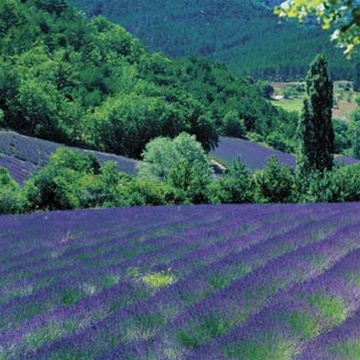
1. Treating Insomnia and Agitation: Aroma therapists have long touted lavender’s superior power to soothe nerves and aid in getting a sound night’s sleep. These treatments typically involve breathing in a lavender-laden vapor, drinking an infusion made from the dried petals, or dabbing a bit of the essential oil under your nostrils. A recent clinical study has also shown that lavender oil taken in capsule form can help to relieve anxiety and insomnia. Along with a soothing bath, when it is coupled with a good mattress from somewhere like Leesa, could also promote good sleep.
2. Relieving Headaches: Rubbing the essential oil of lavender on your temples or using a lavender-based aromatherapy treatment is also said to help provide quick relief for headaches. Drinking a warm infusion of lavender petals can also help to relieve flu and cold symptoms.
3. Topical Treatment for Skin Irritations: As a potent anti-inflammatory, lavender infusions are also helpful for treating bee stings, burns, and other topical irritants. Some people find that lavender honey, which is made by bees feeding primarily on lavender nectar, to be more effective than the essential oil for treating uninfected wounds. In addition to anti-inflammatory agents, lavender also has a natural antiseptic quality that makes this herb a useful addition to the herbalist’s medicine cabinet. (more…)
by Kenan White | Mar 3, 2014 | Miscellaneous |

Growing up in the 1960’s, we all heard the same refrain: ‘Go play outdoors!’. Raising children in a relatively safe and protected environment in the early 1990’s, we echoed that as well: ‘Get outside, now!’ Our children are in their 20’s, and are as plugged in as any their age. Not sure what all of that outdoor time did for them, but I never regretted the muddy footprints, dirty hands, insects in jars or rocks, shells, bones and other ‘treasures’ gathered during their exodus to the great outdoors.
In our guts, we know something is wrong. Not just from the raw data from research on childhood obesity and clinical depression among children, but from the feeling you get when you see a healthy and active young child sitting on a park bench on a gorgeous spring day, head bent and fingers busy, working on his hand held something or rather. That old adage: plugged in and tuned out. It’s understandable – these diversions are nothing if not both entertaining and addictive. A lot of time and energy and money have been spent to make sure that they are, but what are the real consequences, in the long run?

In many ways, parents, teachers and professionals concerned about child welfare are at war with these seemingly benign forms of entertainment. And, they are hard to fight – we all know from our own experiences that an hour of down time in front of the screen gives a parent a much needed break. Or, consider your own family car trips; they may have been a lot less stressful with a DVD. However, I’d argue that much was learned from the WW III skirmishes that broke out in our backseat. Social interaction, both positive and negative, teach a great deal.
Here at The Growers Exchange, we are talking a lot about the next generation – how can we make sure that gardening continues to be both relevant and beneficial? We know we are preaching to the choir on our blog, but we do want to open the conversation. Our first goal is to discover how you all, our fans and customers, began gardening. What was it that got you to start digging in the soil? The answer to that question is the beginning of a solution. If it worked for you, it should work for others – we want to begin this journey now, in hopes that by the time our children are parents, we can help nuture a new generation of gardeners who will pass this gift to others.
Here is some of the feedback we have already received from some of our Facebook fans. “Mom and Dad. Loved their garden as a child. A great fantasy land for little girls. Dad liked vegetable gardens, mother flowers.” Another fan said, “my parents, my great aunt, my brothers and sisters, and the great tasting food!” We also heard, “My mother was a great organic gardener since I can remember. She lived to be 97 and we attribute it to her clean living and eating lots of home grown vegetables.” Tell us your inspirations in the comments below!
by Kenan White | Feb 28, 2014 | Recipes |
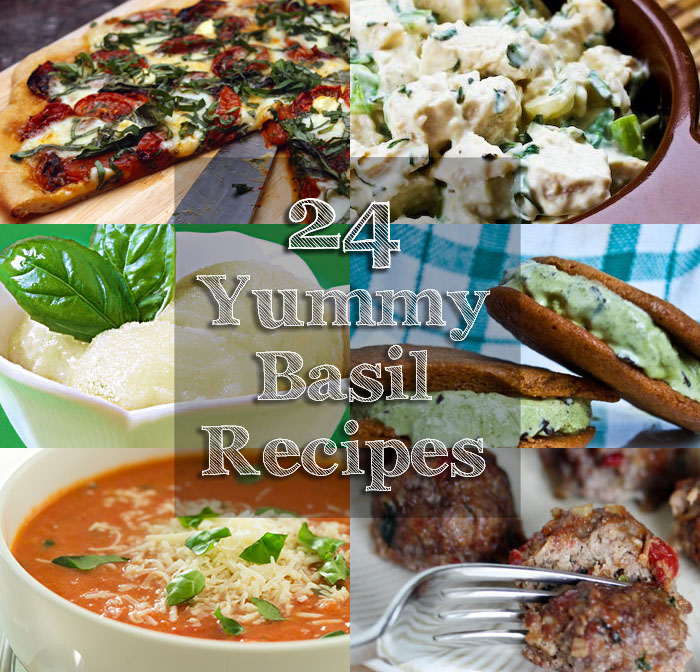
Anytime is a great time to add basil to your recipes! Fresh from the garden, or indoor garden, paired with tomatoes or other produce, basil adds a great burst of flavor.
The highly fragrant herb is related to peppermint and comes in many varieties to give added depth and options to your recipes. Basil plants are generally green, however some varieties are purple. Basil plants such as lemon basil, anise basil, clove basil and cinnamon basil have unique flavors that are suggested by their namesake.
Fresh basil is used in many recipes and is generally added toward the end of the cooking process. Most of the time basil is added at the last minute as cooking it too long tends to dilute the flavor. Many people are already familiar with basil as the main flavor ingredient in pesto – along with olive oil, garlic, and pine nuts. Yet the possibilities for adding basil to your recipes is nearly endless.
Basil is best when used fresh from your kitchen garden, although fresh cut basil can be kept in the refrigerator. To store basil, wrap it in damp paper towels and place in a plastic bag and put it in the refrigerator. This will keep fresh basil for about four days. Or you can place the basil, stem down, in a glass of water with a plastic cover. This will keep the basil for about a week if you change the water on a regular basis. For longer term storage, basil can be blanched quickly in boiling water and kept in the freezer. Although when dried, basil loses much of its flavor, and the taste may be significantly different. Dried basil can be kept in a cool, dark place for up to six months.
Healthy Benefits of Basil
A study by Purdue University showed that basil is rich in antioxidants, has anti-aging properties and can help to reduce inflammation and swelling. Basil is rich in vitamin A, vitamin K, vitamin C, magnesium, iron, potassium, and calcium.
Below are 24 of of our favorite basil recipes found around the web.
Breakfast Basil Recipes
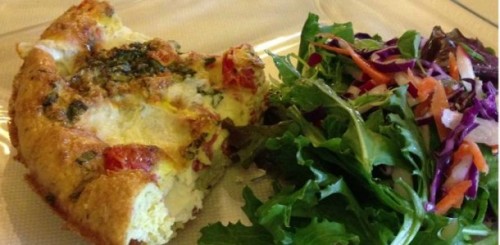
Frittata with Tomatoes, Basil and Mozzarella
If you’re into the paleo or primal lifestyle, Whip up this tasty, grain-free breakfast treat. It’s easy. It’s healthy and it tastes great.

Basil Breakfast Strata
Pair this tasty egg casserole with kielbasa. Even better you can make it ahead of time so there’s less preparation in the morning.
(more…)
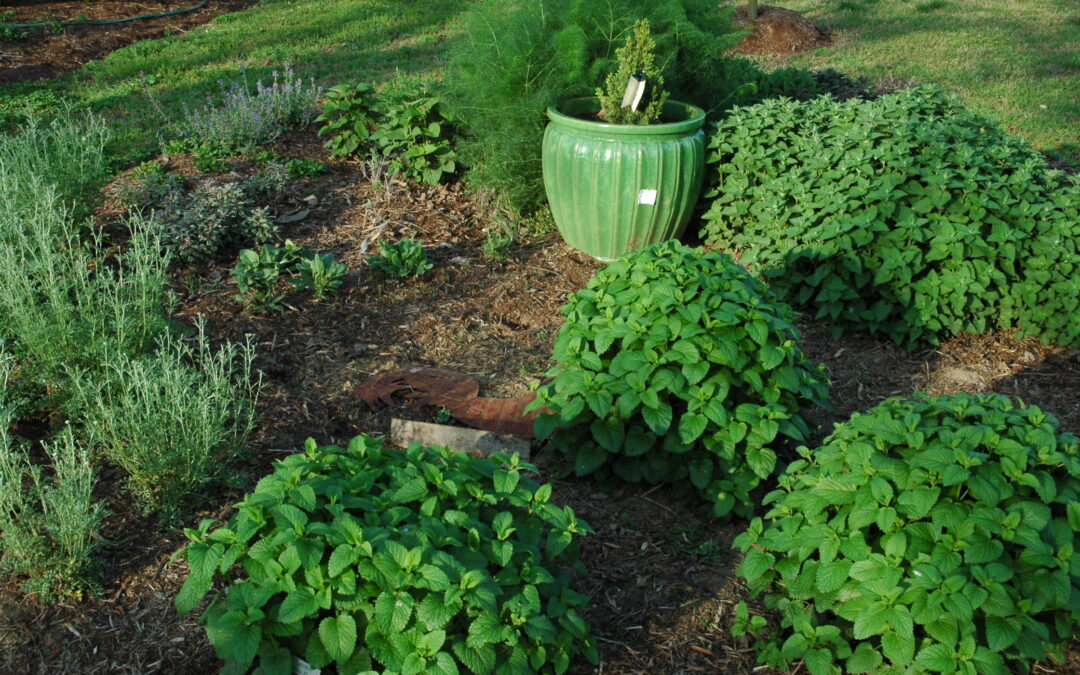
by Kenan White | Jan 20, 2014 | Miscellaneous |
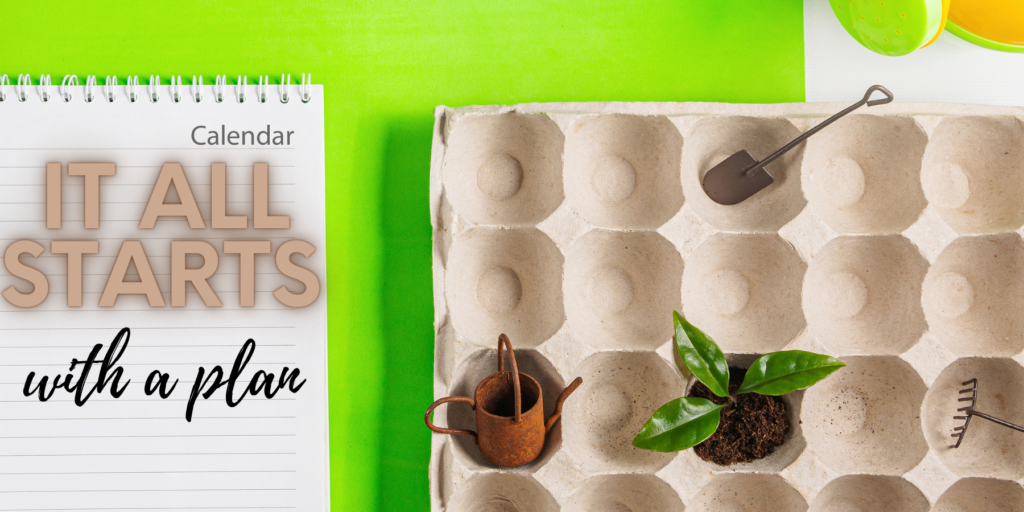
Do you need some encourage-mint? Don’t worry we are here to help! During these dark cold nights. Sitting planning your spring garden with your eyes close imagining the sun on your face, what’s a better way to help with the winter blues.
Herb gardening in January is all about planning. Whether you are working on your 30th herb garden, or you are working on your very first one, a good plan is an important first step. And, it doesn’t have to be a daunting task, but rather an enjoyable pastime that will ensure a bountiful spring garden.
If you are a new gardener, then this might be your chance to start from scratch in the gardener world. Perhaps you’ve had a browse on sites for a new patio, or you have had a peruse online for outdoor furniture. Well a garden isn’t a garden without some sort of foliage. And a herb garden is a way to really add some natural vibes and some character to your garden. And, since you can make your garden full of herbs you love to use in the kitchen. You can create an Culinary herb garden that can be planted anywhere in your garden: plant them under an ornamental tree, among your vegetables, or in containers. The larger herbs make perfect landscape plants. Using herbs in you garden you can even create a informal garden of culinary herbs planted as a curving border. This particular plan can also be treated as an island, accessible on all sides.
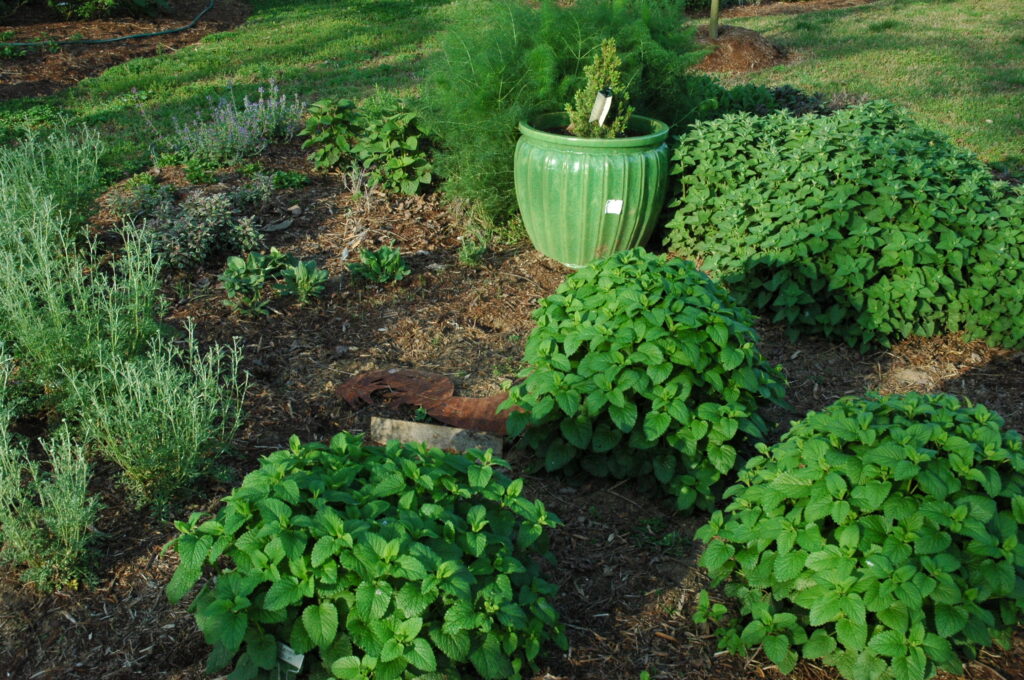
Here is a sample of an “herb garden island”, access your garden for all sides!
First, determine where the garden is going and how much space you are going to need. The shape and size can be adapted to the specifics of your site, and once you’re determined placement use a hose to lay out the curve of the border. No straight lines allowed! Even a slight curve will make for a more interesting bed. If this is an established bed, then a lot of the work has been done. If you are creating a new bed, don’t worry. As long as your ground is not frozen, you can get out there and dig. Make sure that you prepare your soil (a Google search on “preparing a garden” will provide you with more than enough information). When deciding where to put what, my only advice is this: everything can be moved. There are no hard and fast rules. A few things to remember – put your low growers in the front of the bed, make sure you pay attention to the MAX height and spread information on the plant product page and grow what you like (although adding a few unknowns keeps things interesting). And, above all else, use them regularly. This is also a perfect time to read and learn about your herbs. What sunlight they need, how much watering…and most herbs have multiple purposes other than just culinary!
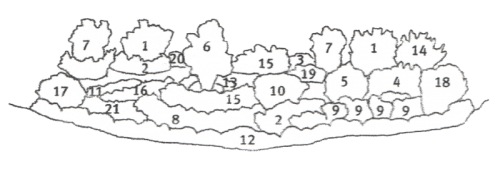
We created a sample here to show how simple it can be. It doesn’t need to be fancy or you can let your creativity run wild!
1 – Dill 2 – Calendula 3 – Vietnamese Coriander 4 – Cilantro 5 – Bronze Fennel 6 – Bay Laurel
7 – Rosemary ‘Arp’ 8 – Basil Genovese 9 – Sweet Marjoram 10 – Curly Parsley
11 – Cutting Celery 12 – Low Growers: Thyme Plants 13 – Italian Parsley 14 – Rosemary ‘Tuscan Blue’
15 – Sage ‘Common’ 16 – Purple Sage 17 – Green Fennel 18 – Savory 19 – Tagetes 20 – Tarragon 21 – Italian Oregano











